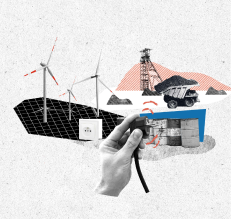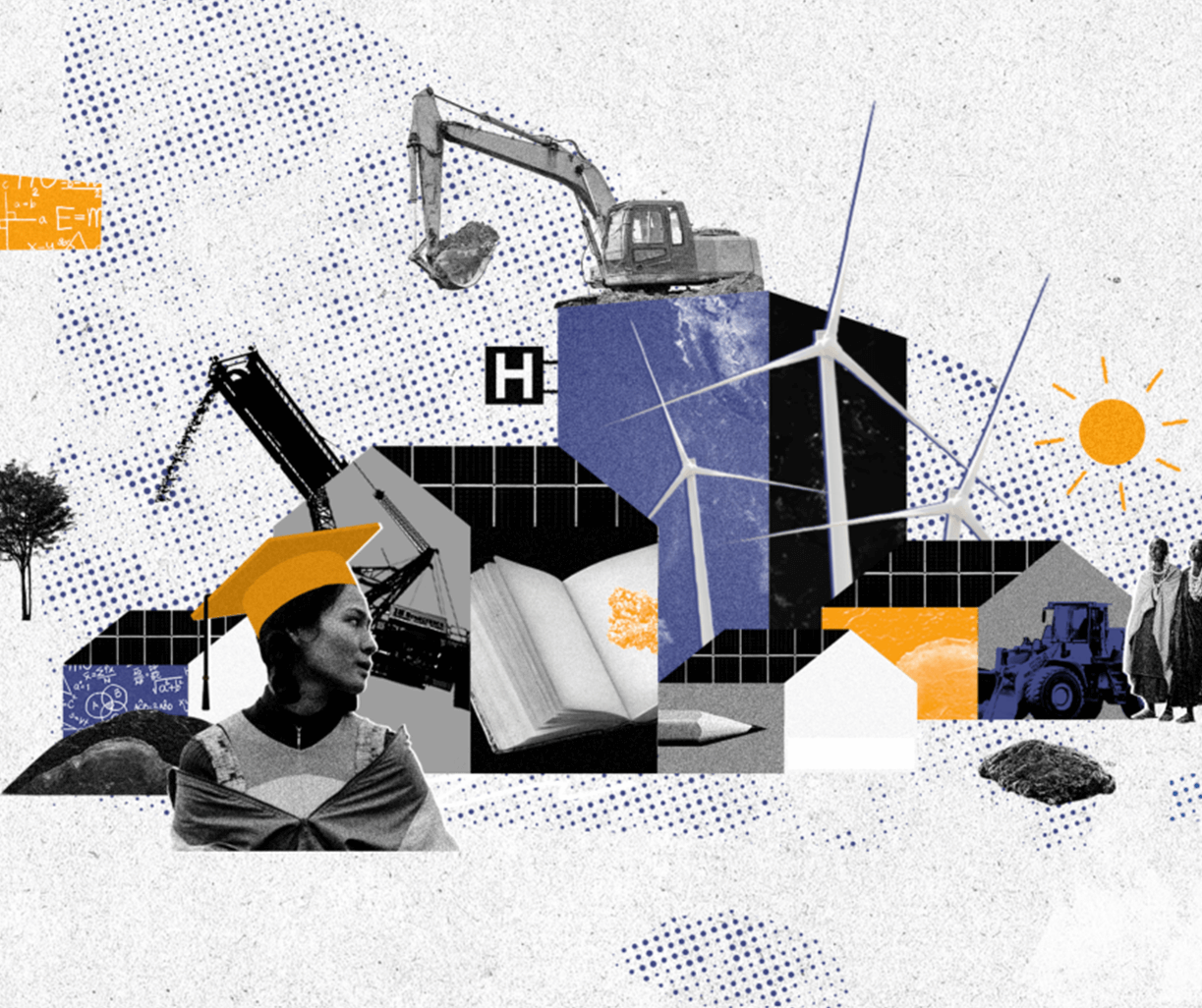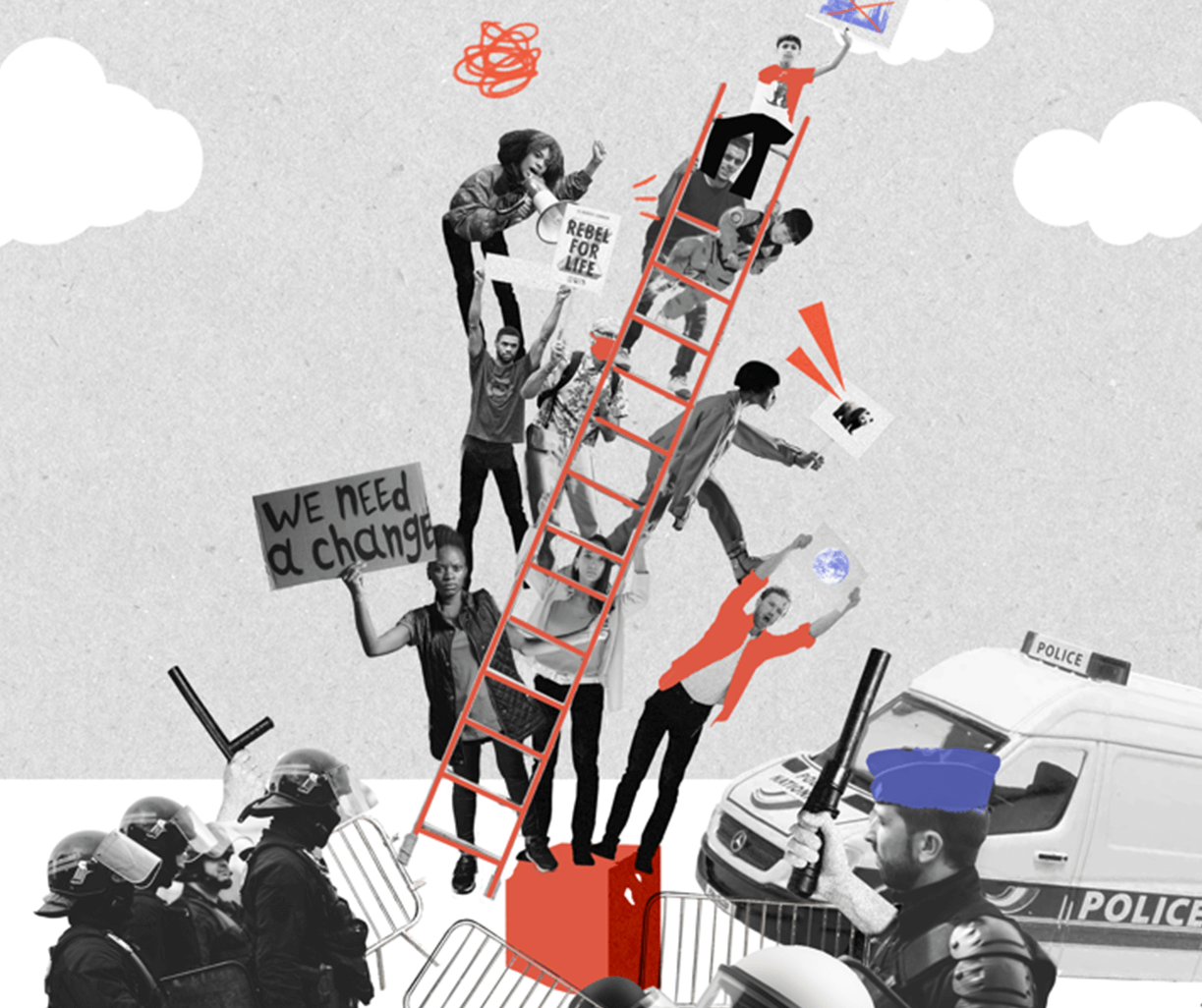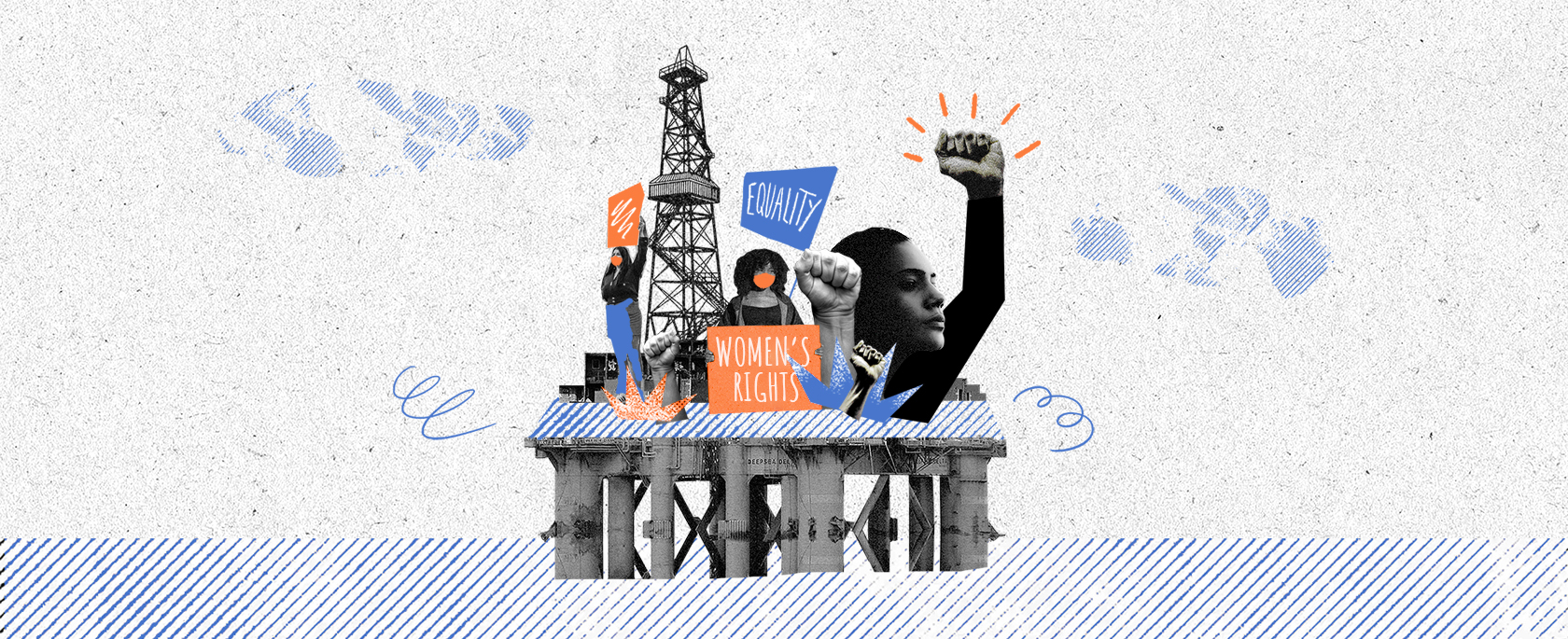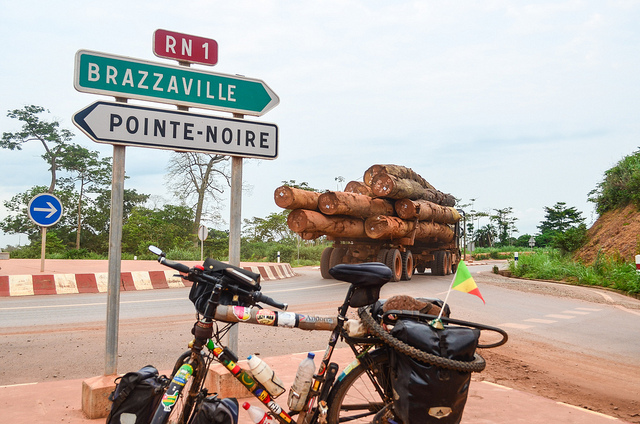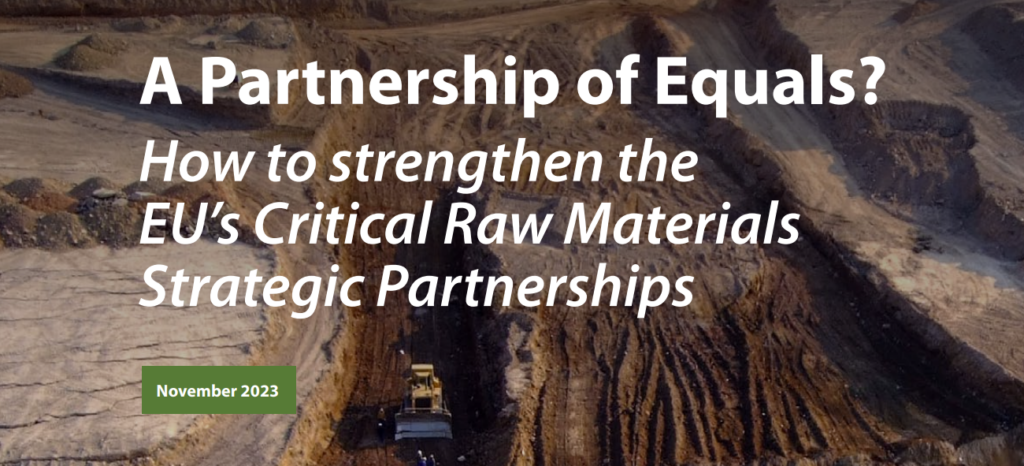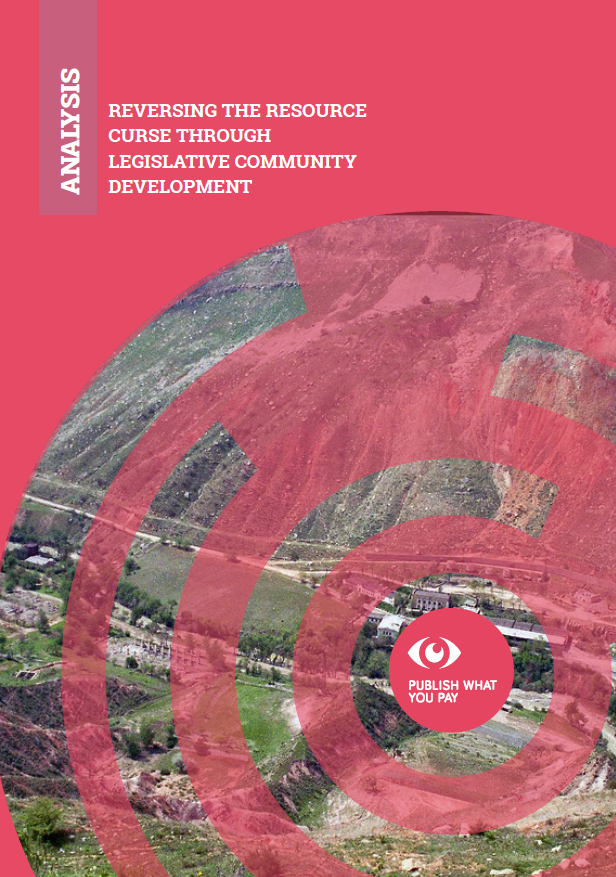For more than a decade, arrests and intimidations notwithstanding, PWYP activists in Congo-Brazzaville have been campaigning to find out how much the country receives from its oil. Despite being in the top five oil producers of Sub-Saharan Africa, almost three quarters of the population are thought to live on less than $2 a day – for PWYP Congo B, this just doesn’t add up.
The coalition has enjoyed important successes in terms of accessing and disseminating extractive data. However, although it continues in that campaign, that aspect has always been just one side of the coin. The other has been to follow the money and find out where the revenues have been going and why, if the government reports each year high oil revenues (extractive revenues make up more than 90% of the government’s revenue) the living conditions of Congolese citizens haven’t improved.
In a report launched on 3rd December, PWYP Congo-Brazzaville examined the health budgets of 2011, 2012 and 2013 and followed the money to see how proposed projects were being realised. Between December 2013 and October 2014, PWYP Congo B realised eight field visits covering 192 projects.
The key findings made for sober reading…
-
Overall, only a small percentage of projects were complete (16%) and only 9% were functioning – the other buildings had been constructed but either had not yet been equipped or did not meet required standards.
-
More than half (56%) of projects listed in the 2011, 2012 and 2013 budgets had not been started.
-
16% of projects had been abandoned and were not salvageable.
The report also highlights several important findings about the way in which the projects were decided and executed, including:
The need for an open and participatory budget process – During its investigations, the coalition discovered that 80% of projects were decided without there having been a feasibility assessment, which meant that projects were being proposed by ministers at a central level without their being enough information on how realistic the project was or whether it responded to a specific, and genuine, need. This resulted in projects that were not fit-for-purpose or top priority, for instance in Kouya the construction of a general hospital as well as a health centre, despite the fact that there are not enough people in the locality to warrant such an infrastructure. The lack of feasibility assessments makes it very difficult for projects to be realistically costed and, according to PWYP’s research, the allocated budgets were often well above what the project would actually cost which begs the question of what happens to the excess in allocated funds.
The importance of a better contracting process – As a result of the highly centralised nature of decision making almost off the contracts went to companies or entrepreneurs located in Brazzaville, and procurement would be made without having consulted the local authorities where the work was to take place. The coalition states that the poor workmanship witnessed at some of the projects raises questions about who is getting the contracts, and why. Worryingly, the report highlighted several instances of conflicts of interest – whereby contracts went out to companies belonging (whether directly or indirectly) to government workers (civil servants, ministers, military etc…). Corruption by the contractor itself was also revealed, for instance in Owando where it seems the contractor absconded with the funds in pocket, leaving behind an incomplete building. Furthermore, there is no system for sanctioning corrupt or incompetent contractors.
A lack of transparency leads to manipulation – Because the budget is not freely available or widely disseminated, there is a lack of clarity over who is really funding projects. In some cases, this results in political manipulation as local elects present projects that have been funded by the central public purse as ‘personal initiatives’, no doubt shoring up their popularity during election times. Other discrepancies however also emerged because of this lack of clarity – projects in Divenié, Banda, Mossendjo et Makoua, listed in the government budget were also apparently realised by ENI Congo’s fund. The coalition is pursuing this issue further to find out just what is happening there.
The difference between rhetoric and reality – Legally, Congo-B’s budgets should be publicly available to citizens. However, the PWYP coalition encountered many difficulties in accessing a copy and in the end obtained it through personal connections rather than a straightforward and open process. The lack of openness isn’t just to citizenry – exchanges with local authorities revealed that they themselves rarely received information about which projects were to be realised in their region – in the end, the documents produced by PWYP Congo’s research became an important source of information for them.
So this is where some of Congo B’s finite oil revenues have been going – to projects that have been unfinished, delayed or misconceived. PWYP Congo Brazzaville has elaborated a series of recommendations so that the elaboration and execution of these projects can be improved.
A full list is available in the report itself (French only) but key ones include:
To central government authorities, that they:
- Make available and accessible key documents relating to the budget
- Establish at the local level a coordination charged with monitoring the realisation of the project
- Integrate health experts in budget allocation so that they can ensure projects are relevant
- Require that feasibility projects be carried out before a project is inscribed in the budget
- Make the procurement process transparent
- Apply sanctions for contractors who do not respect their engagements or who engage in corruption
To the local authorities:
- Demand and obtain from the central authorities the budget information relevant to them
- Create monitoring committees for the projects
Click here to download the full report (French only)
